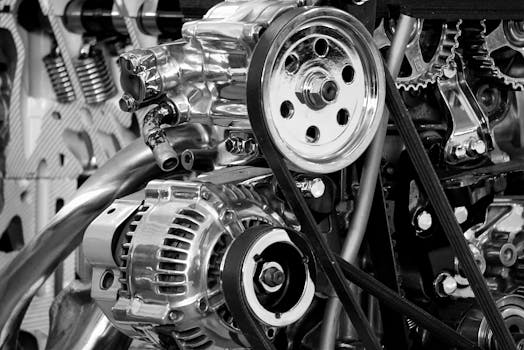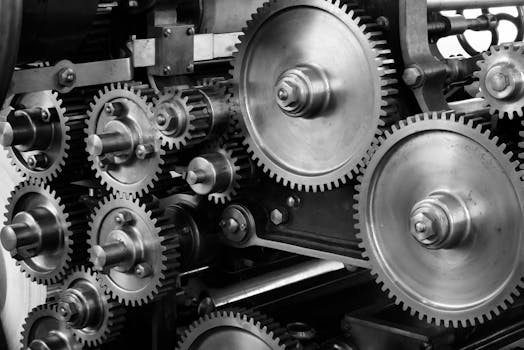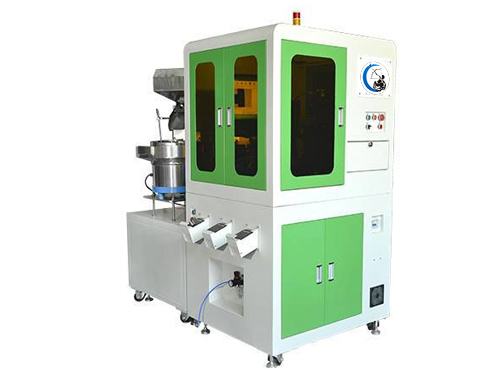
How Does an Optimizer Automatic Assembly Line Improve the Efficiency of the Photovoltaic Industry?
2025-11-11
In today’s world, renewable energy is not just a choice—it’s a lifestyle. From the rooftops of suburban homes to vast solar farms in the desert, photovoltaic (PV) systems are becoming part of our daily lives. But have you ever wondered how these complex systems are made so precisely and efficiently? The answer often lies in something behind the scenes: the optimizer automatic assembly line.
1. What Is an Optimizer and Why Does It Matter?
An optimizer in a photovoltaic system works like a smart manager for each solar panel. It ensures that every panel performs at its best, even when one is shaded or dusty. Without optimizers, a small shadow could reduce the output of an entire array—like one lazy runner slowing down the whole relay team.
But producing thousands of these small, high-precision devices isn’t easy. That’s where the automatic assembly line comes in, bringing accuracy, speed, and consistency into manufacturing.
2. How Automation Changes the Game
Traditional manual assembly involves several workers handling delicate circuits, soldering components, and testing output manually. It’s slow, prone to errors, and not scalable.
In contrast, a photovoltaic optimizer automatic assembly line integrates robotic arms, vision detection systems, and precision conveyors. Every component—from capacitors to microchips—is placed within micrometer accuracy. Plus, the testing process is now automated, reducing human error and improving reliability.
You could say it’s like moving from hand-crafting one phone at a time to running a modern smartphone factory.
3. The Hidden Link to Our Everyday Lives
It might sound like industrial jargon, but the impact of these assembly lines is closer than you think.
Every time you plug your electric car into a solar-powered charging station or see solar lights along your street, part of that system was likely produced using an automatic optimizer line.
So yes, the cleaner, cheaper electricity that powers your home or office starts from these precisely built components.
4. The Human Side of Automation
Some worry that automation replaces people—but in fact, it often transforms their roles. Workers in PV factories are now trained to supervise, maintain, and optimize production systems rather than performing repetitive tasks. That means safer work environments and more skilled career paths.
In other words, the optimizer assembly line doesn’t remove humans—it upgrades them.
5. Looking Ahead: Smarter Energy, Smarter Production
The next evolution will be combining AI-driven data analysis and IoT monitoring within the optimizer assembly line. Factories will self-adjust based on production data and energy consumption—creating a closed loop between energy creation and energy efficiency.
That’s exactly what we’ll explore in our next blog: “Can Smart Assembly Lines Make the Photovoltaic Industry Truly Intelligent?”
The photovoltaic industry is changing how we live, and automation is changing how that industry works. From ensuring stable solar energy to powering your gadgets at home, it all starts with smarter production—and the optimizer automatic assembly line is the silent hero behind it.



